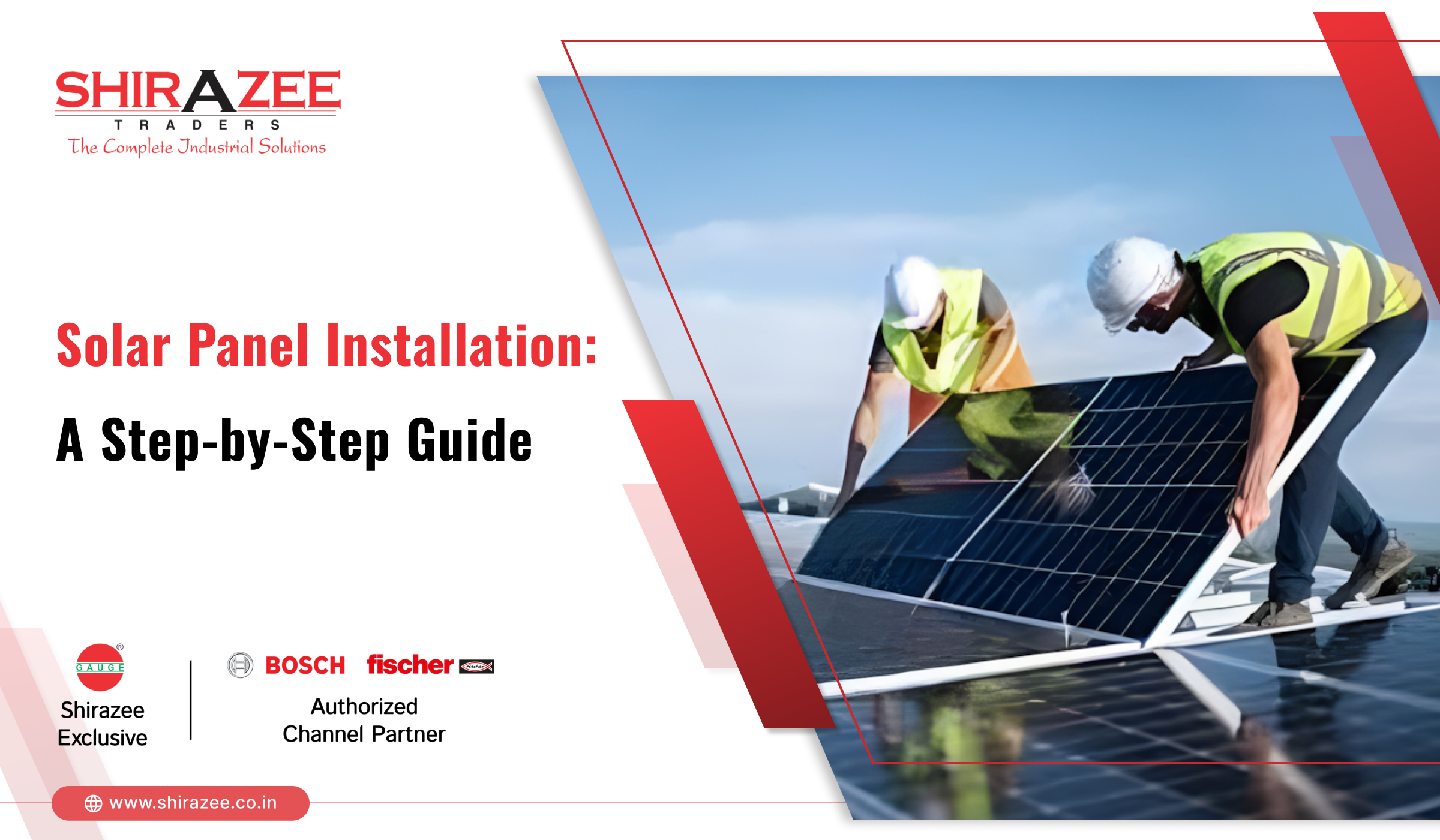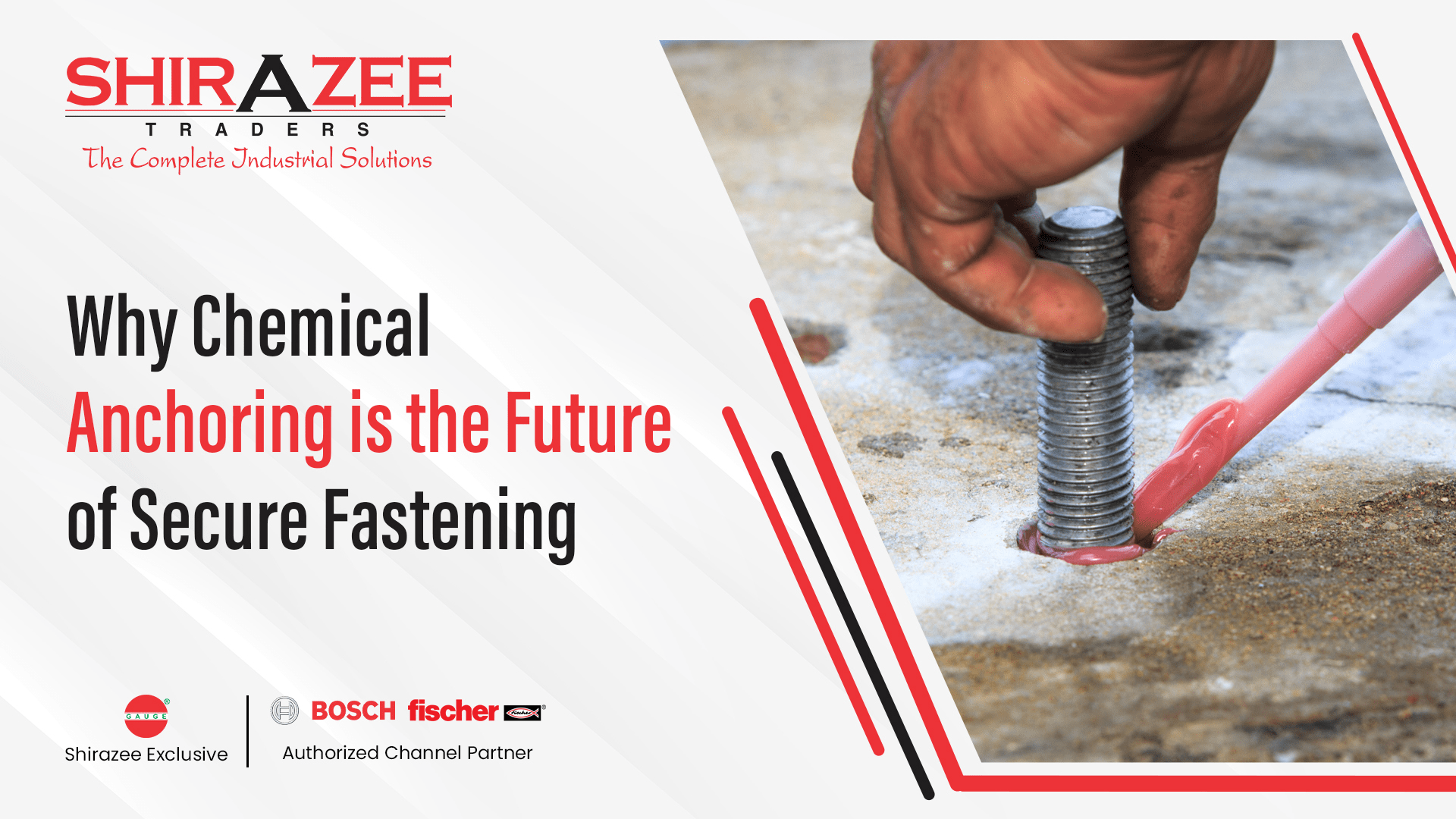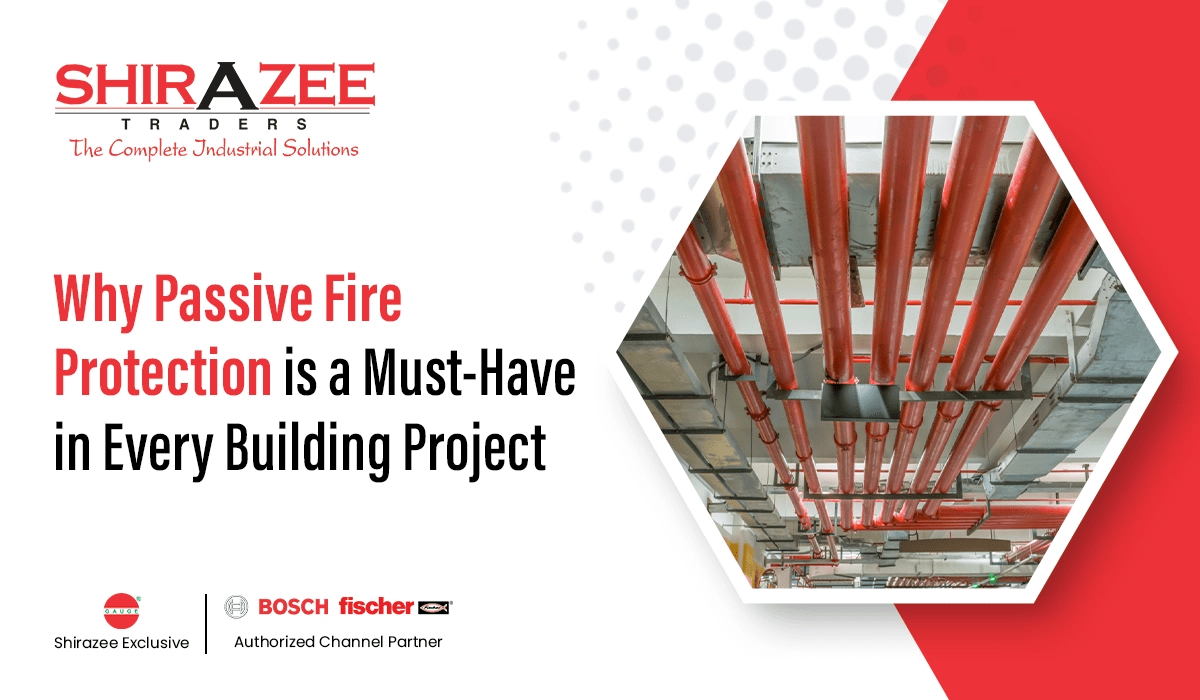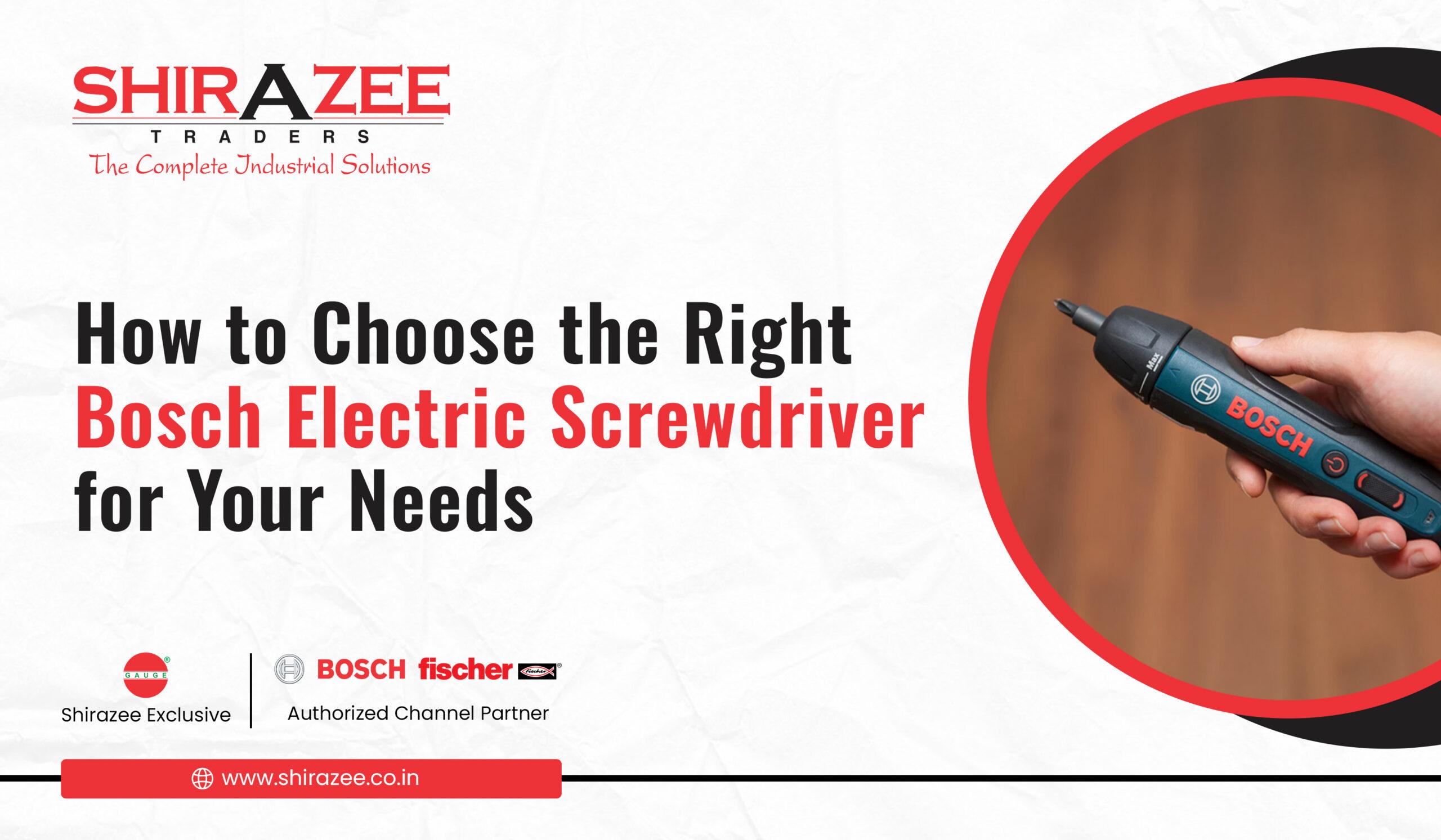
Are you considering solar panel installation? Many house owners are making the transfer to sun power for its environmental blessings and potential financial savings. Sun power is an easy and renewable aid. It reduces your carbon footprint and enables fight weather exchange. through utilizing the electricity of the sun, you could lower your energy payments notably. Many house owners document savings on their strength expenses after putting in solar panels.
Let’s dive into how you could deploy solar panels and the function of a solar inverter in this setup.
Step 1: Connect Your Substances
Before you start installing a solar machine, it’s important to collect all vital components. You’ll need solar panels, which are responsible for changing sunlight into electricity. Subsequently, a solar inverter is essential. It converts the direct modern (DC) produced by means of the panels into alternating current (AC).
You may also require mounting hardware to soundly connect the panels on your roof or floor. Electric wiring is important for making all of the connections among components. If you wish to keep extra energy for later use, don’t forget to include battery storage. sooner or later, MC4 connectors are needed to join the solar panels together.
Step 2: Access your Energy Needs
Assessing your power necessities is essential for sizing your solar panel system correctly. Start by reviewing your power payments to decide how much strength you eat month-to-month. A useful rule of thumb is to divide your overall month-to-month utilization by using one hundred twenty to estimate the kilowatt ability wished on your solar plant.
For example, in case you use six hundred devices in a month, you’ll want a five kW gadget (six hundred gadgets / 120). This calculation facilitates making sure that your solar setup meets your family’s energy demands.
Step 3: Pick out a Area
Choosing a premier vicinity to your solar panels is critical. preferably, this ought to be on your roof or in an open place that gets enough daylight during the day. make certain there are not any obstructions like timber or homes that would solid shadows on the panels, as this will lessen their efficiency.
Step 4: Installing Mounting hardware
After deciding on a region, the following step is to install the mounting hardware. This hardware will maintain your solar panels securely in the region. make certain that it’s far tilted at a perspective that maximizes sun exposure ranging between 18 to 36 stages. This angle lets in for the most suitable sunlight exposure, improving the overall performance of your gadget.
Step 5: Mount the Solar Panels
As soon as the mounting hardware is set up, cautiously mount the solar panels onto it. Ensure they’re securely mounted and positioned efficiently to seize daylight efficiently. Double-take to check every one panel is aligned properly and that there are no unfastened connections.
Step 6: Connect Electrical Wiring
Now it is time to connect the electrical wiring. Use MC4 connectors to hyperlink the solar panels to the sun inverter. ensure all connections are tight and secure to prevent any electrical problems. Right wiring guarantees green electricity switching from the panels to the inverter.
Step 7: installing the Solar Inverter
Locate the sun inverter in a cool, shaded vicinity, usually close to your most important electrical panel. connect it first to the solar panels after which hyperlink it to your private home’s electric gadget. The inverter acts as the brain of your solar power gadget, managing strength waft and making sure that electricity is available whilst wanted.
Step 8: Opt for Battery storage (if relevant)
If you have opted for battery storage, connect it to the inverter as nicely. This setup allows you to keep extra electricity generated during sunny days for use at night or throughout cloudy weather. Well connecting battery storage enhances your energy independence and reliability.
Step 9: Final Checks
Run a thorough test of all connections and make sure everything is at ease. turn on your machine and screen its performance over several days to verify that it operates easily and effectively. This testing section is essential for identifying any potential issues early on.
Conclusion
Installing solar panels is a smart move for both your wallet and the environment. By following these five simple steps, you’ll have a solar power system up and running in no time.
At Shirazee Traders, we’re here to help you through every part of the process. From choosing the right panels to installing the solar inverter, we’ve got you covered. Let’s get started today!







